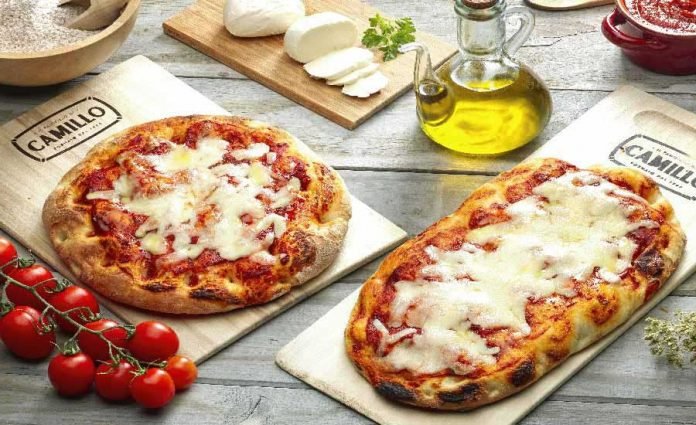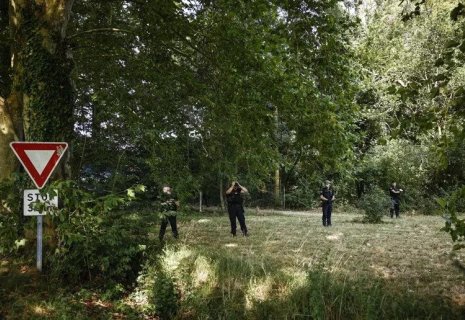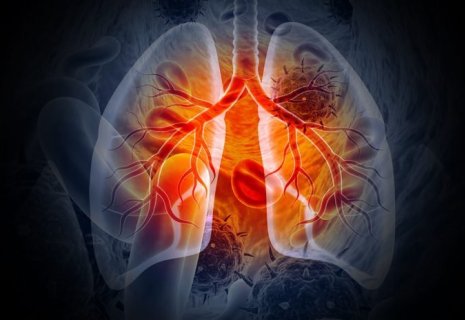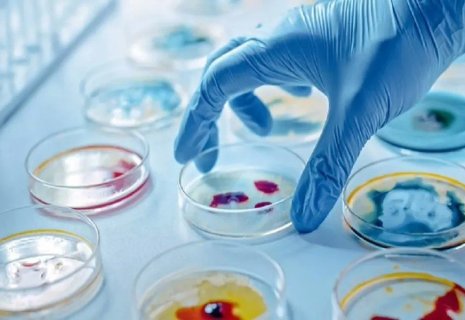
What truly makes "real" pizza?
As the popularity of pizza spreads around the world, a group of top-secret agents is traveling across the globe on spy missions to determine what truly makes a "real" pizza, writes the BBC.
On a scorching day lit by the fierce sun of southern Italy, a group of international travelers has gathered near the catacombs of San Gennaro in Naples, named after the city’s patron saint, CE Report quotes ATA.
But these visitors are not here to honor the ancient martyr; they’ve come in service of something just as important to the city’s identity.
Hailing from Belgium, France, Japan, South Korea, Canada, and Brazil, these men and women are all aspiring pizzaioli (traditional Italian pizza makers) and are ready to face the greatest pizza test of their lives.
The trainees are at the headquarters of the Associazione Verace Pizza Napoletana ("True Neapolitan Pizza Association" or AVPN for short). Founded in 1984, this organization exists to “promote and protect” an accurate vision of the city’s most famous culinary wonder and played a key role in getting the “art” of making Neapolitan pizza recognized as UNESCO Intangible Cultural Heritage of Humanity a few years ago.
From its origins as Neapolitan street food in the late 1800s, pizza has become one of the world’s most beloved and widespread dishes.
Although there are two traditional types of Neapolitan pizza (“margherita,” topped with tomato sauce, mozzarella, and fresh basil; and “marinara,” which uses oregano and garlic instead of basil and contains no cheese), a wide variety of modern versions have emerged around the world in recent decades – from feta or blue cheese and honey to the soft, lemon-zested “crisommola del Vesuvio,” crafted by chef Franco Pepe.
But just as there are strict criteria for defining what counts as authentic Parmesan cheese, this group of culinary guardians is working to ensure that this beloved dish stays true to its Neapolitan roots – at least if one wishes to call it a “real” pizza.
“There’s a strong connection between this kind of food and the spirit of Naples,” says Massimo Di Porzio, AVPN’s vice president.
With its training school, competitions, trade fairs, and a large bronze statue of a pizza glistening just outside its headquarters, AVPN has become a true empire of pizza authenticity.
Its detailed guidelines dictate that all certified doughs must form a “round, raised disk” with a puffed-up crust (cornicione) no more than 1–2 centimeters high and must not have “large bubbles” or “burnt spots.”
Pizzas must be “soft,” “elastic,” and foldable. They may not be baked on a tray or in a pan. Cooking a pizza for more than 90 seconds is considered sacrilege. And the final product must be consumed within 10 minutes of coming out of the oven.
On the final hot day of AVPN’s rigorous month-long training course, the international students will put their new pizza knowledge to the test.
Participants have studied the techniques of dough fermentation and hydration, the subtleties of yeast, the nuances of selecting fresh toppings, and the ideal salt-to-water ratios.
They’ve practiced the complexities of sliding a pizza into the oven – a seemingly simple but tricky step – all with the goal of baking a consistently perfect pizza.
























